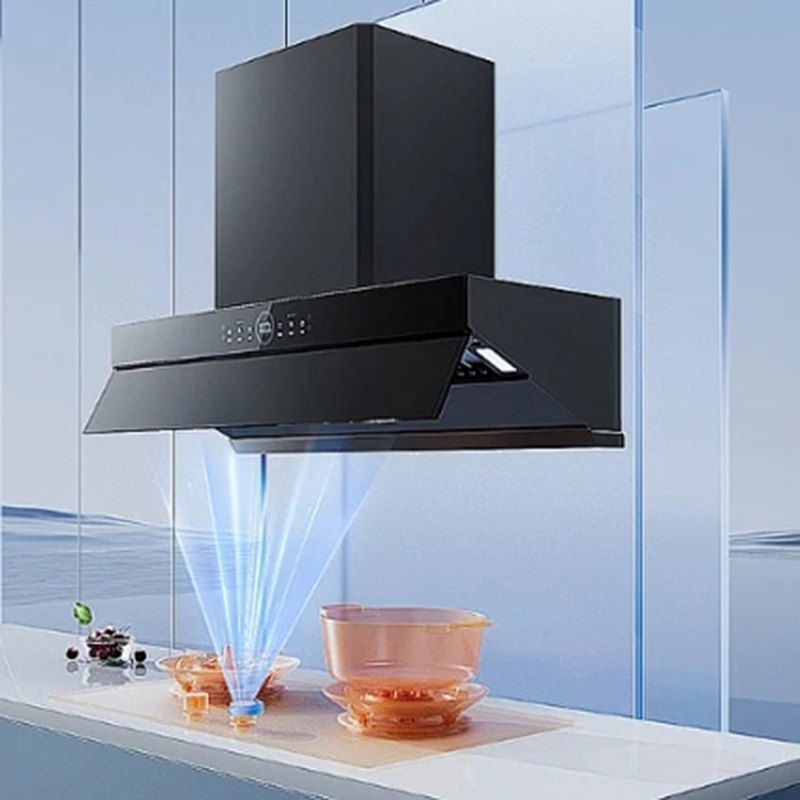Ranger hoods are primarily used in kitchens, particularly Chinese-style kitchens. The core function of a kitchen hood is to remove cooking fumes, steam, and odors, keeping the kitchen air fresh and reducing oil accumulation.

The following are several typical application scenarios:
1. Home Kitchens
Chinese stir-frying: Frying, stir-frying, and deep-frying produce a large amount of fumes, making a range hood essential.
Open Kitchens: Without partitions, fumes easily spread into the living room, requiring a range hood with high airflow and suction.
Small Kitchens: With limited space and poor ventilation, range hoods help quickly exhaust fumes and prevent them from stagnating.
2. Restaurants/Commercial Kitchens
Chinese restaurants: High heat and frequent cooking are common. Commercial range hoods or fume extraction systems are used to prevent fumes from contaminating the dining environment.
Barbecue and hot pot restaurants: Heavy fumes and odors are common, requiring powerful exhaust systems to avoid nuisance and fire hazards.
3. Canteens/Group Kitchens
Canteens in schools, companies, hospitals, and other locations handle large cooking volumes and generate high levels of cooking fumes. Therefore, centralized exhaust systems must be installed and meet environmental standards.
4. Outdoor Mobile Kitchens/Food Trucks
Mobile food trucks, night market stalls, and other locations should use portable range hoods or small exhaust fans to reduce the impact of cooking fumes on the surrounding environment.
5. Special Scenarios
Villa Kitchens: Separate kitchens for the Chinese and Western kitchens. The Western kitchen may use an induction cooktop, which reduces cooking fumes; the Chinese kitchen must be equipped with a range hood.
Apartments/Rental Properties: Kitchens with poor ventilation often require small range hoods installed by landlords or tenants to improve the living experience.


